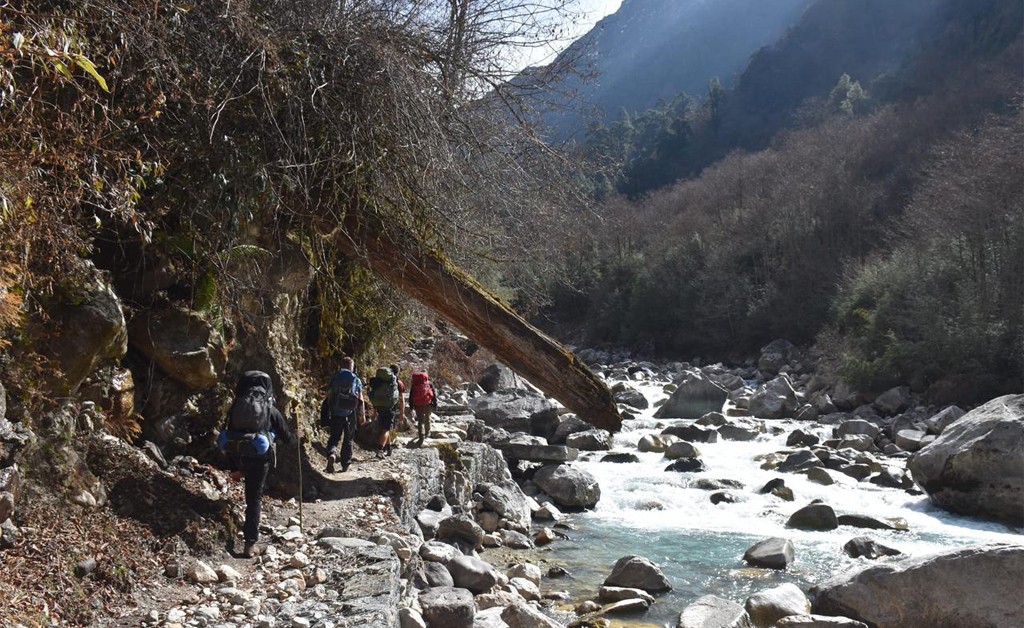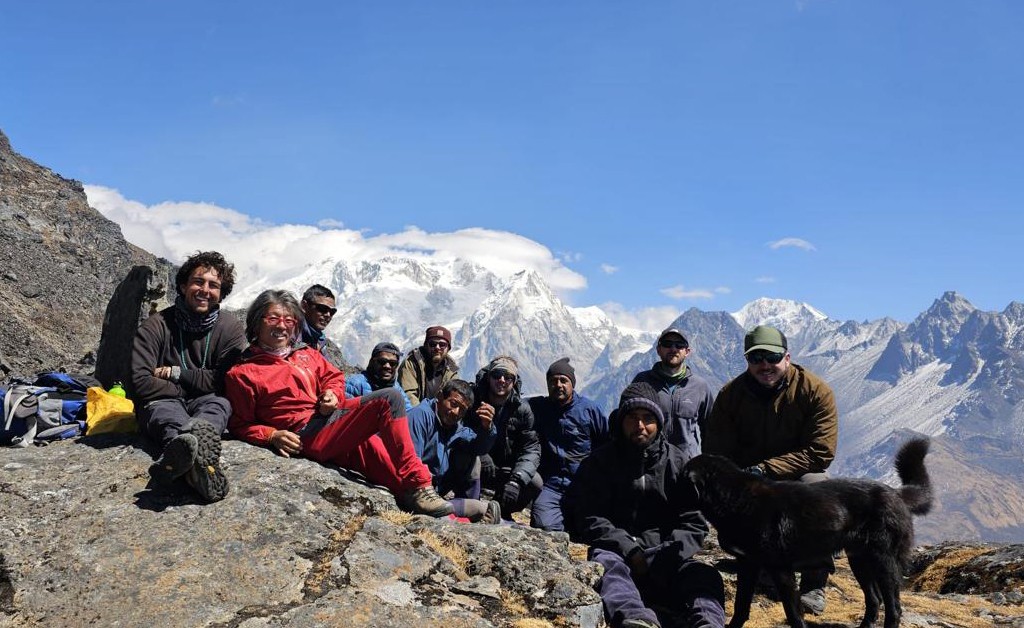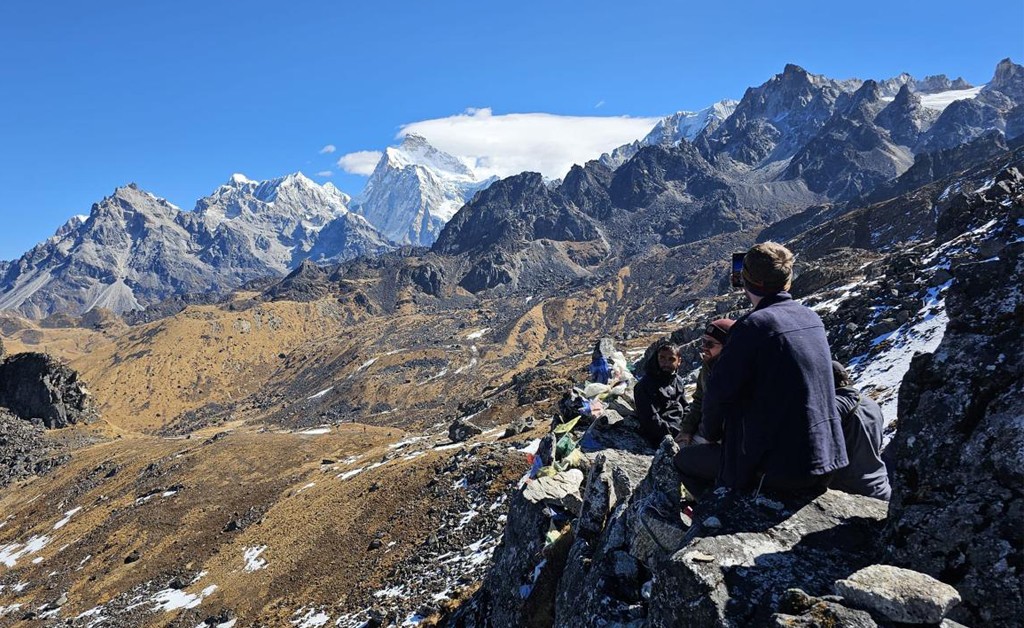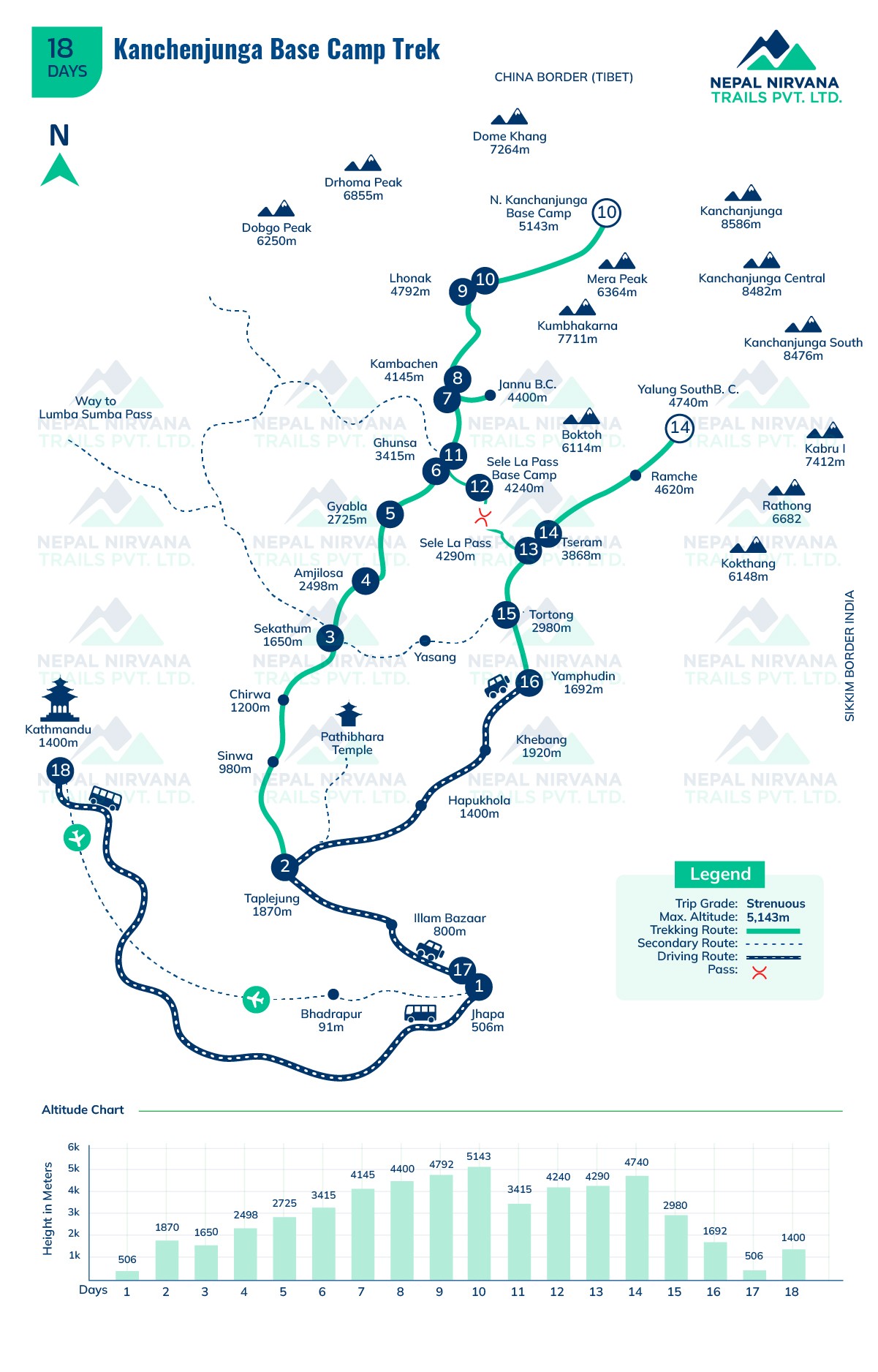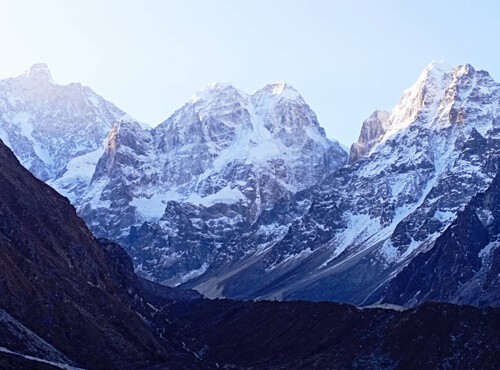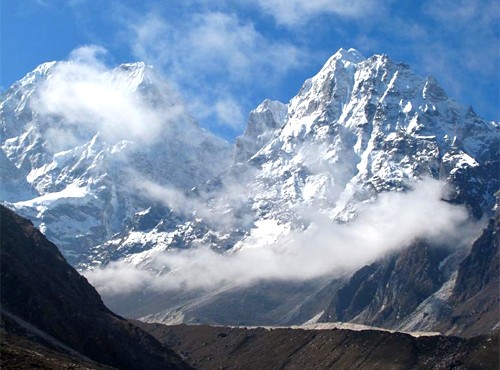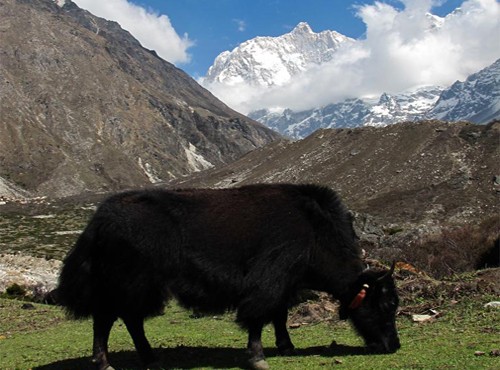Mount Kanchenjunga (8586mt.), situated in the far east of the country, is one of the most protected treasures of Nepal, with the trail itself taking you within miles of the borders with Tibet and Sikkim (India). The trail is relatively new compared to more established routes, such as Annapurna and Everest Base Camp, and provides a quieter and less crowded trekking experience. A true adventure into the wild!
Majestic scenery, newly established trails, less crowds, rare wildlife, beautiful flora & fauna. This is the Kanchenjunga circuit trek!
The Kanchenjunga circuit takes you on a journey through some of Nepal's most varied landscapes, including cascading crystal clear rivers, dense jungle woodland, unspoiled Nepali villages, and of course, some of the most epic mountain scenery seen anywhere in the mighty Himalayas. During the trek you visit both the North and South Base Camp, giving you multiple-angle views of one of the tallest mountains on Earth.
Although the trail is considered strenuous, due to the distance covered and altitude gained, the circuit is more than achievable with a decent level of fitness and can be made easier with the help of a porter, assisting you by carrying up to 20kg of your belongings. Government rules require that a mandatory guide must accompany at least 2 trekkers on the Kanchenjunga Circuit Trek.
As the trail is newly established compared to the other major trekking routes in Nepal, the villages along the way are yet to develop and reach the potential to accommodate many tourists. This means that for the trekkers, even during peak season, the trail will be less crowded and quieter than other established trails. So if you are looking for an adventure off the beaten track, then this is the trek for you.
We as a company pride ourselves on our flexibility, so our itinerary can be tailored to suit your individual needs. You can make changes beforehand or even during the trek if you wish to spend more time in a certain area. Our guides are always more than happy to spend more days in the mountains!
What breathtaking views await trekkers on the Kanchenjunga Circuit Trek?
The Kanchenjunga Conservation Area is one of only a few restricted areas in Nepal, requiring a special permit to visit. This means that the plants and animals living in the area get the best protection possible, and the views remain unspoiled and timeless.
You start the trek walking alongside the river, enjoying the relaxing sounds of the cascading water, as you make your way higher into the mountains. You pass through some old Nepali villages that seem to have been frozen in time, giving you a glimpse of what life can be like for those people living in these tough conditions.
After a few days of trekking the landscape opens out and you start to find yourself surrounded by beautiful snow-capped peaks, some of which are worshiped as gods by the locals. It's now that you will catch your first glimpse of the mighty Kanchenjunga.
You will then make your way to both the North and South Base Camp, taking in some amazing views along the way, and get that ‘in the mountains’ feel. No feeling can compare to being surrounded by some of the most vivid and beautiful landscapes the world has to offer.
There are many endangered animals inhabiting this area so you must always be on the lookout. People have been known to spot Snow Leopards, Red Pandas, Himalayan Black Bears, Blue Sheep, and the famous Himalayan Monal. It's recommended that you take a camera with you as you don’t want to miss out on the opportunity to capture one of these amazing animals on film!
If you time your trek to coincide with the Rhododendron bloom (between mid-March to mid-May) then you will be overwhelmed with the beauty and variety of the national flower of Nepal. But don't worry if you can’t trek during spring, the Autumn trekking season offers equally stunning views of a wide variety of different flora and fauna.
What sets Nepal Nirvana Trails apart as the ultimate choice for planning your travel adventures?
Kanchenjunga is unlike many other treks in the Himalayas. Its remoteness means that to get the most out of your trek you need a guide that is an expert in the area. Our experienced team of guides have years of guiding experience between them and are ready to help you get the most out of your trek, and make your time in the mountains the most special it can be.
We have carefully constructed our itinerary to allow plenty of time for acclimatisation, to reduce the risk of Altitude sickness. Should you wish to spend more time in a certain place we are open to make changes to the itinerary! Unfortunately due to the risk of altitude sickness, we do not suggest that you try to complete the trek in any less than the 18 days set out in our itinerary.
In the rare event of a trekker suffering from the symptoms of altitude sickness, our guides are fully trained to handle the situation and will know what best to do in this situation.
Explore beyond the Kanchenjunga Circuit Trek and discover the allure of renowned trekking packages like the Manaslu Circuit Trek, Annapurna Circuit Trek, Makalu Base Camp Trek, and Langtang Gosaikunda Trek.
